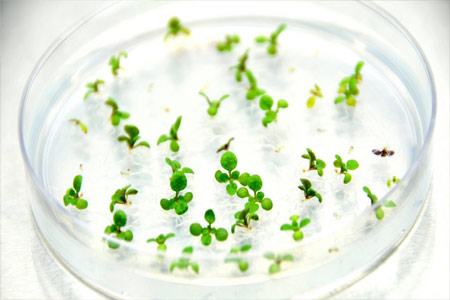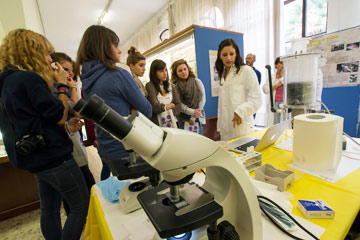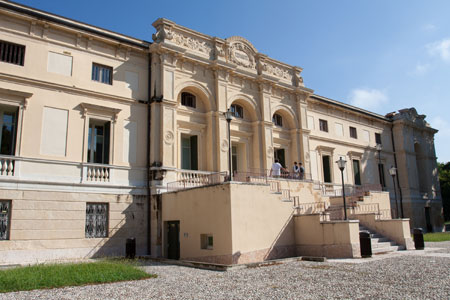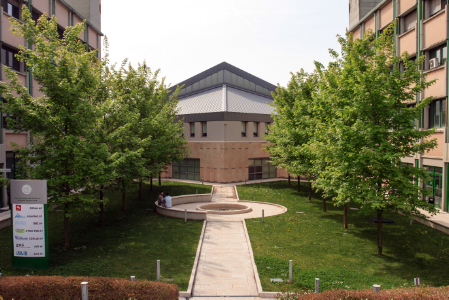Course Not running, not visible
- Course code
- 4S00177
-
Name of lecturer
-
Silvia Lampis
- Number of ECTS credits allocated
-
2.5
- Academic sector
-
AGR/16 - AGRICULTURAL MICROBIOLOGY
- Language of instruction
- Italian
- Location
- VERONA
- Period
-
1° Sem dal Oct 1, 2008 al Feb 6, 2009.
To show the organization of the course that includes this module, follow this link  Course organization
Course organization
Lesson timetable
Learning outcomes
The main objective of the Applied and Environmental Microbiology Course is to give to the students the principles and methods for the comprehension of the microbial biotrasformation/biodegradation phenomena of organic and inorganic contaminants in environmental polluted matrices, with special attention for the soil matrix. Moreover different approaches for the bioremediation of polluted sites are analysed.
Syllabus
1. General considerations on microbial biotransformation and biodegradation principles – 2. Methods for the evaluation of the biodegradability – 3. Bioavailability and bioaccessibility – 4. Microbial degradation of aliphatic and aromatic hydrocarbons in aerobic conditions – 5. Microbial degradation of aliphatic and aromatic hydrocarbons in anaerobic conditions – 6. Biotransformation of polychlorobiphenyls (PCBs) – 7. Microbial degradation of xenobiotic compounds – 8. Genetics of the microbial transformation of PHA – 9. Methods for the determination of hydrocarbons biodegradation in soil – 10. Methods for the isolation of PAH transforming microrganisms and for the determination of metabolic intermediates in the PAHs degradation pathways – 11. Bioaugmentation protocols – 12. Methods for the analysis of microbial communities in environmental matrices (soil): culture-dependent techniques – 13. Methods for the analysis of microbial communities in environmental matrices (soil): culture-independent techniques – 14. Potentials and limits of the PCR-DGGE technique – 15. Potentials and limits of ARDRA technique – 16. Bacterial transformation of metals and metalloids – 17. Genetics of bacterial transformation of metals – 18. Biosurfactants and metallothionines – 19. Bioremediation of contaminated sites: bioremediation protocols
Assessment methods and criteria








